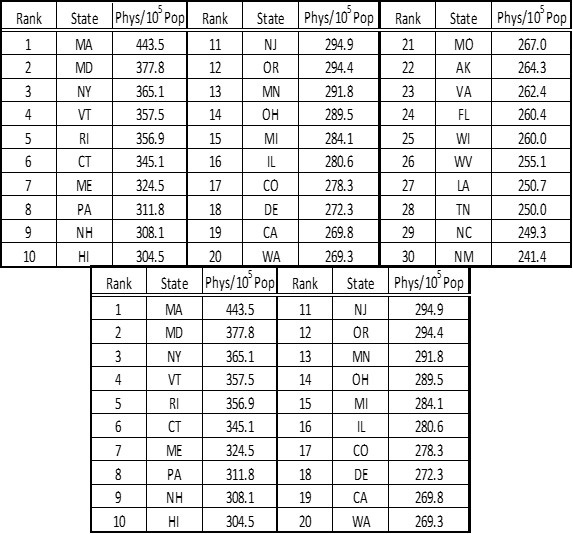$1 Billion Donation Eliminates Tuition at Albert Einstein Medical School
 Tuesday, February 27, 2024 at 8:00AM
Tuesday, February 27, 2024 at 8:00AM Albert Einstein College of Medicine in the Bronx joins NYU Grossman School of Medicine in becoming tuition free. Einstein’s tuition was eliminated by a $1 billion donor gift from Ruth Gottesman EdD (1). Dr. Gottesman, a retired clinical Professor Emeritus of Pediatrics (Developmental Medicine) at Einstein, has been a specialist in learning disabilities at the school since 1968 and is currently Chair of the Einstein Board of Trustees and also serves on the Montefiore Health System board. Announced to the cheers of the assembled student body, Dr. Gottesman announced that beginning in August, tuition will be free "in perpetuity". Tuition at the school is nearly $59,000 per year, leaving nearly 50% of the students owing more than $200,000 after graduating.
Dr. Gottesman’s fortune came from her husband, David "Sandy" Gottesman an early investor in Omaha, Nebraska-based Berkshire Hathaway, Warren Buffet's multinational conglomerate. Mr. Gottesman died in September 2022 at the age of 96 leaving his widow with a large stock portfolio and instructions to “do whatever you think is right with it”.
The gift evolved from Dr. Gottesman’s close friendship with Dr. Philip Ozuah, the pediatrician who oversees the medical college and its affiliated hospital, Montefiore Medical Center (Figure 1).
 Figure 1. Dr. Philip Ozuah and Dr. Ruth Gottesman.
Figure 1. Dr. Philip Ozuah and Dr. Ruth Gottesman.
In early 2020, the two sat next to each other on a 6 a.m. flight to West Palm Beach, Fla. It was the first time they had spent hours together. They spoke about their childhoods — hers in Baltimore, his, some 30 years later, in Nigeria — and what they had in common. Both had doctorates in education and had spent their careers at the same institution in the Bronx, helping children and families in need. During the COVID-19 pandemic, Dr. Gottesman’s husband became ill with the virus. In the weeks that followed, Dr. Ozuah began making daily house calls — in full protective gear — to check in on the couple as Mr. Gottesman recovered.
Dr. Gottesman and Dr. Ozuah’s friendship and his commitment to assisting his patients even in threatening times likely led Dr. Gottesman to her amazing contribution. Dr. Gottesman said that not only would future students be able to embark on their careers without the debt burden, but she hoped that her donation would also enable a wider pool of aspiring doctors to apply to medical school. “We have terrific medical students, but this will open it up for many other students whose economic status is such that they wouldn’t even think about going to medical school,” she said.
Richard A. Robbins MD
Editor, SWJPCCS
Reference
1. Goldstein J. $1 Billion Donation Will Provide Free Tuition at a Bronx Medical School. NY Times. February 26, 2024. Available at: https://www.nytimes.com/2024/02/26/nyregion/albert-einstein-college-medicine-bronx-donation.html (accessed 2/27/24).
Cite as: Robbins RA. $1 Billion Donation Eliminates Tuition at Albert Einstein Medical School. Southwest J Pulm Crit Care Sleep. 2024;28(2):24-25. doi: https://doi.org/10.13175/swjpccs011-24 PDF


